Data Science & Developer Roadmaps with Chat & Free Learning Resources
Unsupervised-Learning
Unsupervised learning is a branch of machine learning that deals with training algorithms on data that is not labeled or classified. Unlike supervised learning, where the model learns from input-output pairs, unsupervised learning allows algorithms to identify patterns and structures within the data independently. This approach is particularly useful for tasks such as clustering, anomaly detection, and dimensionality reduction. By exploring the inherent relationships in the data, unsupervised learning can reveal insights that may not be immediately apparent, making it a powerful tool for data analysis and exploration in various fields, including data science and artificial intelligence.
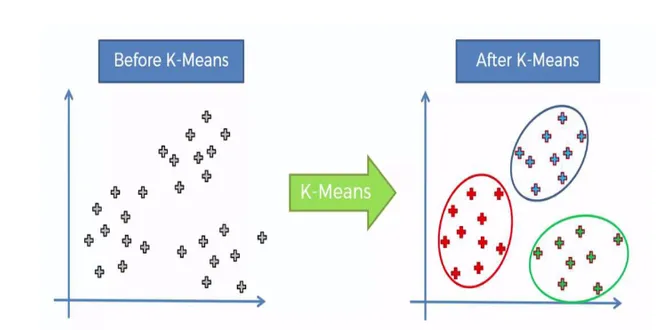
Dive into Unsupervised Machine learning
Unsupervised learning is the training of an algorithm using information that is neither classified nor labeled and allowing the algorithm to act on that information without guidance.The main idea…
📚 Read more at Analytics Vidhya🔎 Find similar documents

A Dive Into Unsupervised Learning
Unsupervised algorithms are regarded as self-learning algorithms that possess the capacity to explore and locate the previously unknown patterns in a dataset. They are one of the most used machine…
📚 Read more at Towards Data Science🔎 Find similar documents

October Edition: Unsupervised Learning
Unsupervised learning is used by data scientists and other data practitioners, in this family of machine learning algorithm, there are no known output or label that instructs the learning algorithm…
📚 Read more at Towards Data Science🔎 Find similar documents

The Complete Guide to Unsupervised Learning
Unsupervised learning is a set of statistical tools for scenarios in which there is only a set of features and no targets. Therefore, we cannot make predictions, since there are no associated…
📚 Read more at Towards Data Science🔎 Find similar documents

Unsupervised Learning: Dimensionality Reduction
As stated in previous articles, unsupervised learning refers to a kind of machine learning algorithms and techniques that are trained and fed with unlabeled data. In other words, we do not know the…
📚 Read more at Towards Data Science🔎 Find similar documents
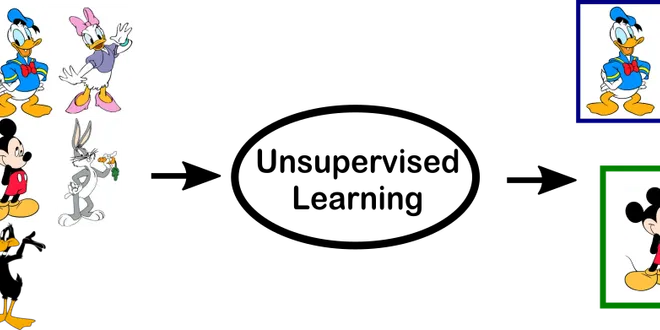
Clustering Based Unsupervised Learning
Unsupervised machine learning is the machine learning task of inferring a function to describe hidden structure from “unlabeled” data (a classification or categorization is not included in the…
📚 Read more at Towards Data Science🔎 Find similar documents
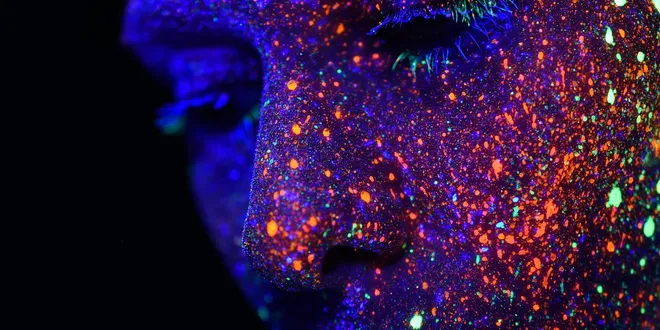
Unsupervised Learning Algorithms
Intuitively speaking,most of human and animal learning is unsupervised learning. We are not given right answer every where. We just make decision we find to be right and try to do less mistakes next…
📚 Read more at Analytics Vidhya🔎 Find similar documents

Machine Learning - Unsupervised Learning
Machine Learning can be Supervised or Unsupervised. This is an excellent explanation on Unsupervised Machine Learning - algorithms to real-world applications.
📚 Read more at Towards Data Science🔎 Find similar documents
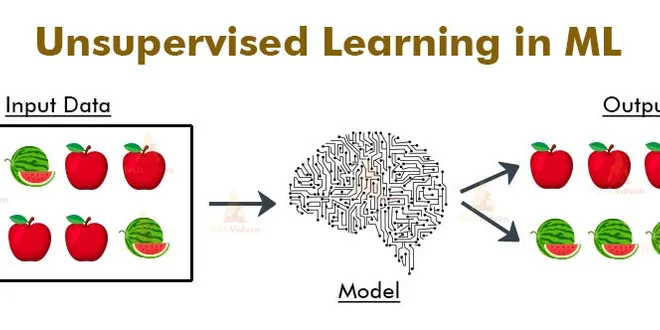
Unsupervised Machine Learning
In unsupervised learning, correct responses are not provided so we try to find the similarity between the inputs and group the similar inputs together. When we try to group together the similar type…
📚 Read more at Analytics Vidhya🔎 Find similar documents

Unsupervised Machine Learning Explained
Unsupervised learning is a great solution when we want to discover the underlying structure of data. In contrast to supervised learning, we cannot apply unsupervised methods to classification or…
📚 Read more at Towards Data Science🔎 Find similar documents
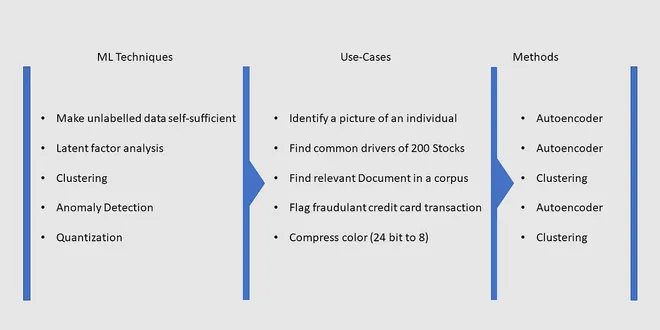
Unsupervised learning-Clustering techniques
Unsupervised learning is often the case in the real world, that data is unlabeled. You might apply an unsupervised learning technique to make unlabeled data self sufficient. For example, if you want…
📚 Read more at Analytics Vidhya🔎 Find similar documents

Machine Learning, Part 3: Unsupervised Learning
In unsupervised learning we are given an unlabeled dataset to analyze. Like in supervised learning we find patterns in this data, but without labels we can’t necessarily interpret these patterns…
📚 Read more at Towards Data Science🔎 Find similar documents

